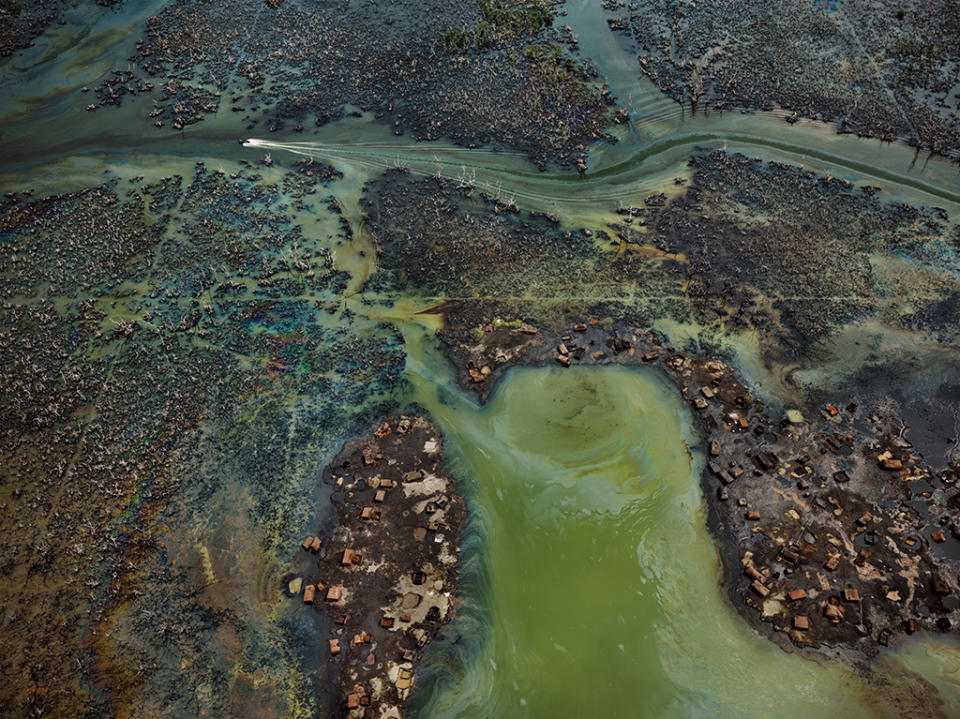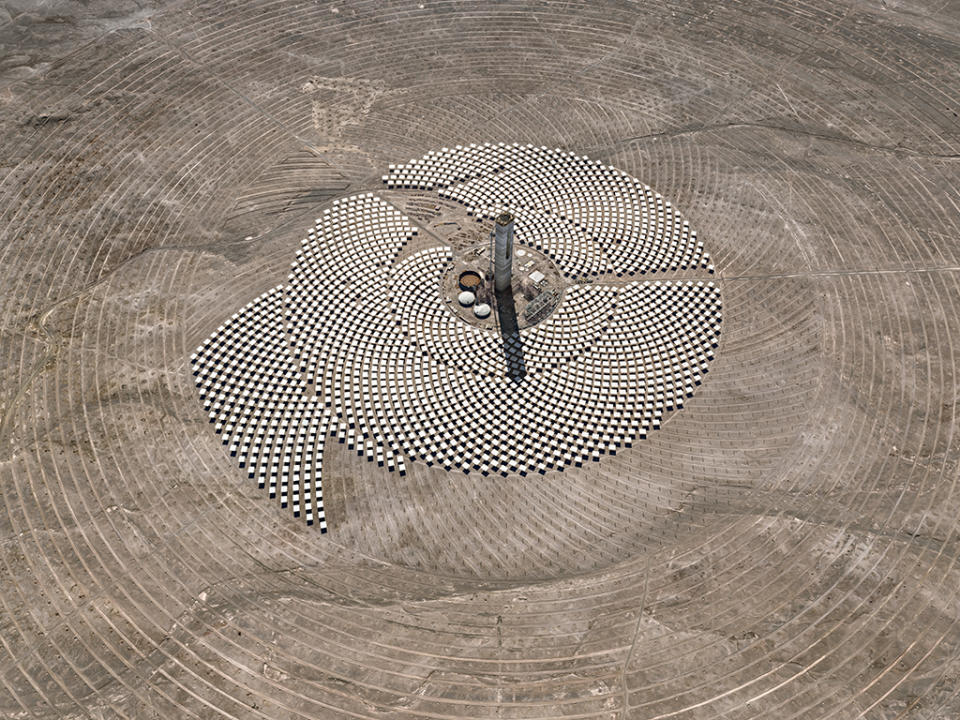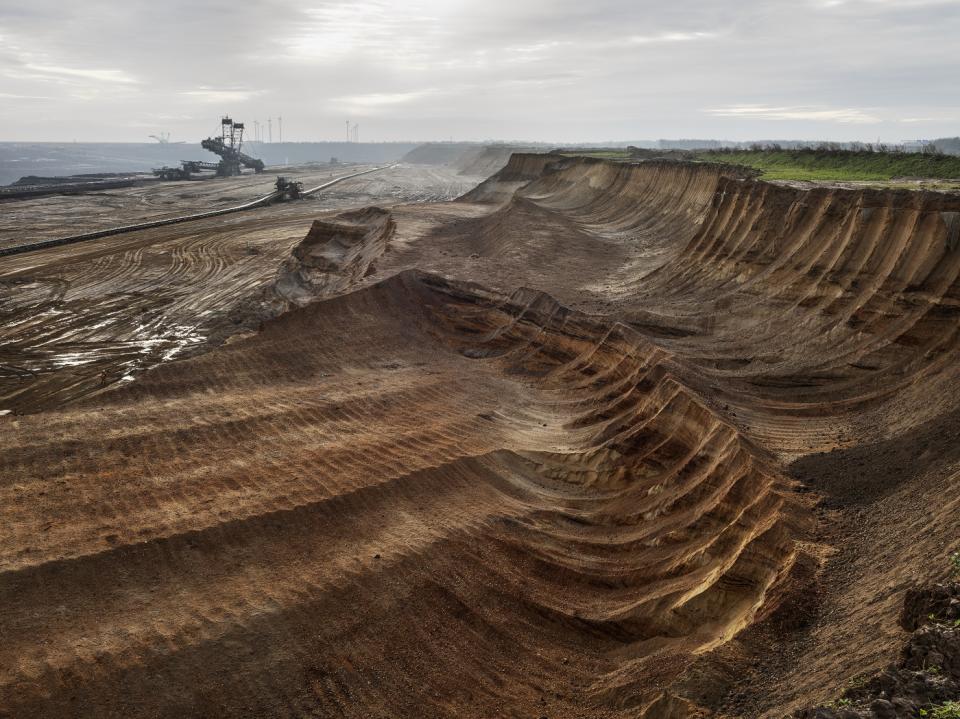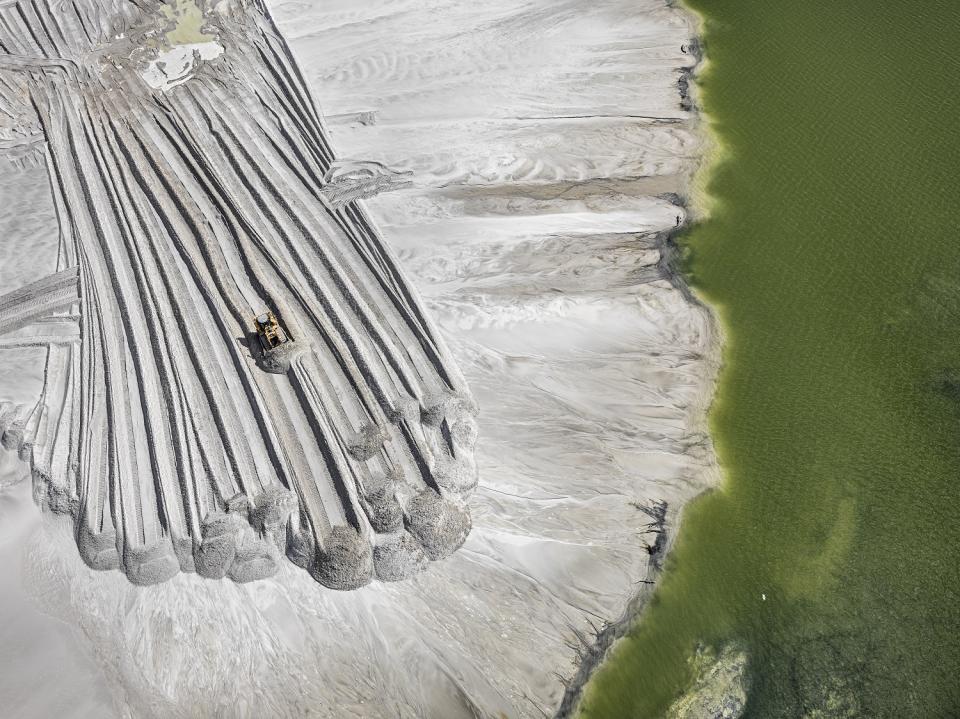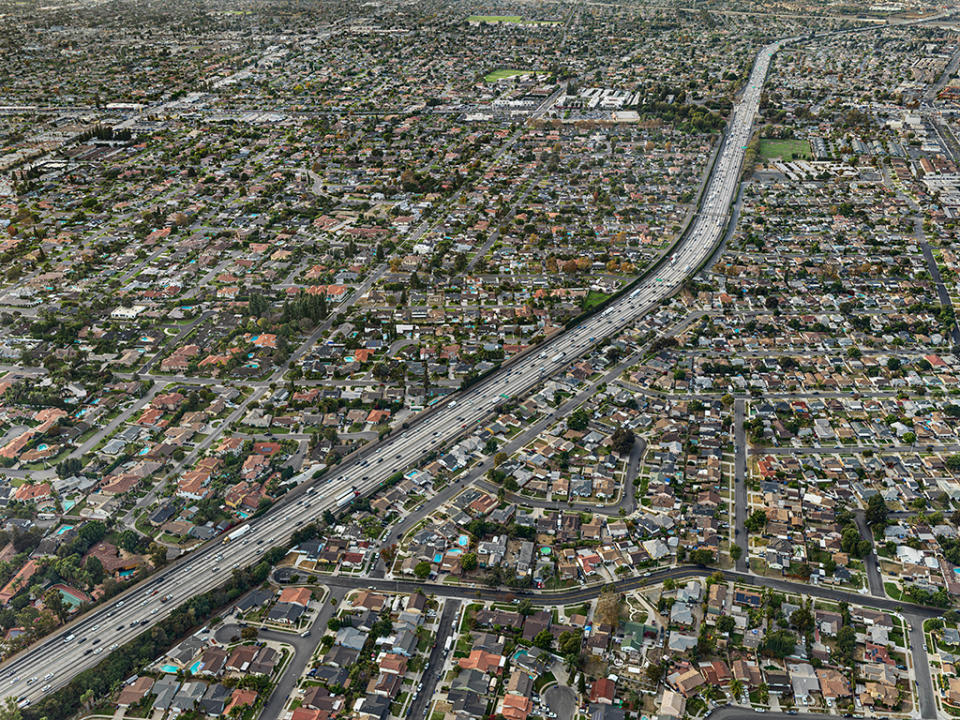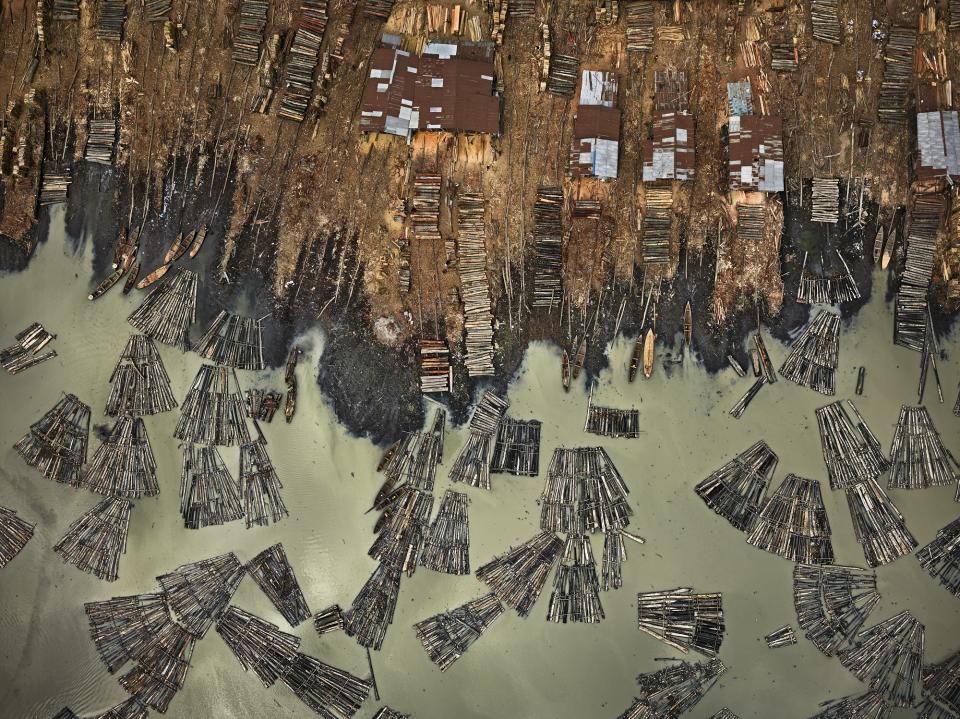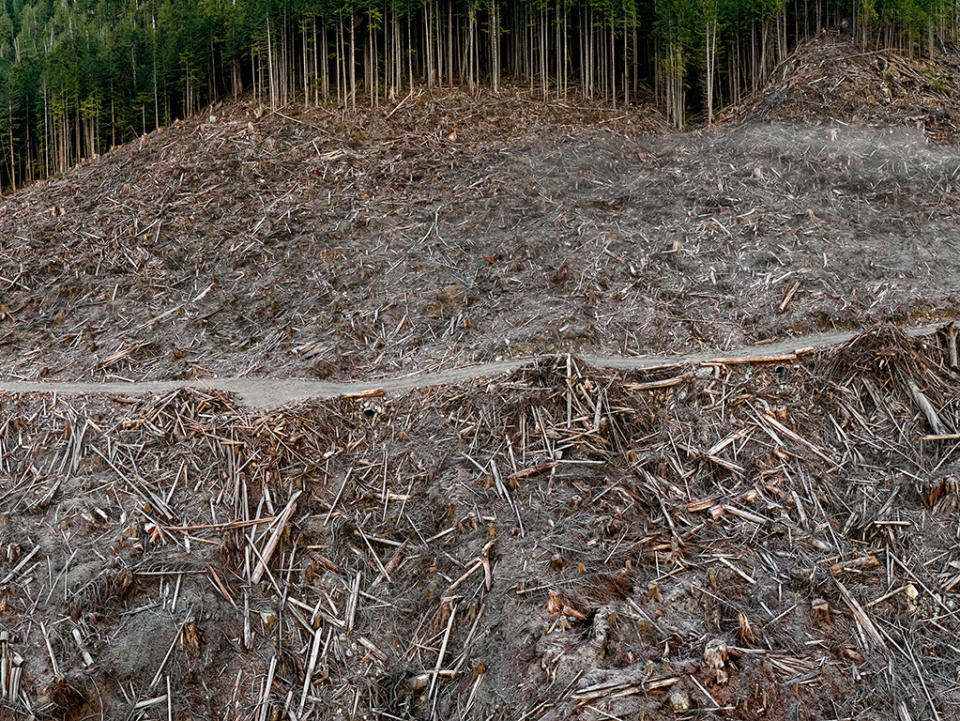Images show devastating human impact on planet Earth
These images show the shocking extent of the damage caused by humans to our own planet.
Collated as part of investigation what the human impact on planet Earth the creators claim the exhibition, simultaneously on show at the Art Gallery of Ontario and the National Gallery of Canada, in Ottawa, is the result of four years hard work.
Curated by Sophie Hackett, the AGO’s Curator of Photography, the show features images from Edward Burtynsky and the work of award-winning Toronto filmmakers Jennifer Baichwal and Nicholas de Pencier.
The Toronto exhibit features images from potash mines in Russia, Italian marble quarries, Kenyan landfills, the aftermath of logging British Columbia, and concrete seawalls off the Chinese coast.
The AGO’s version of the exhibit features 40 photographs by Burtynsky, including seven short films by Baichwal and de Pencier, showing the aerial impact of humans on different locations.
In an interview with Maclean’s, Burtynsky said the word “Anthropocene” was coined by Nobel Prize-winning chemist Paul Crutzen, who used it to describe how the world is shifting to a planet where “one species is the agency of change.”
Any change carries with it infinite possibility – and despite much talk about humans’ negative impact on the planet from everything to climate change to war, Burtynsky emphasized to Macleans this change doesn’t have to be bad.
“It doesn’t mean that it has to be a bad Anthropocene, or that we won’t survive it,” he said. “But it does mean that we have to become aware of it, and the raising of a consciousness is what we as artists are trying to do through the film and the exhibitions and the photographs.”
The exhibit also features a look at how Anthropocene could result in positive change, Burtynsky emphasized to Maclean’s. It includes images of solar power plants in Chile’s Atacama Desert and Seville, Spain. Burtynsky also told Maclean’s the photos of China’s concrete seawall show how China is trying to protect its coastline, and he also says the country is trying to move toward solar, nuclear and wind energy “on a level that is incredible.”
Anthropocene is at the AGO until January 6.
The exhibit runs at the National Gallery of Canada until February 24.

 Yahoo News
Yahoo News 